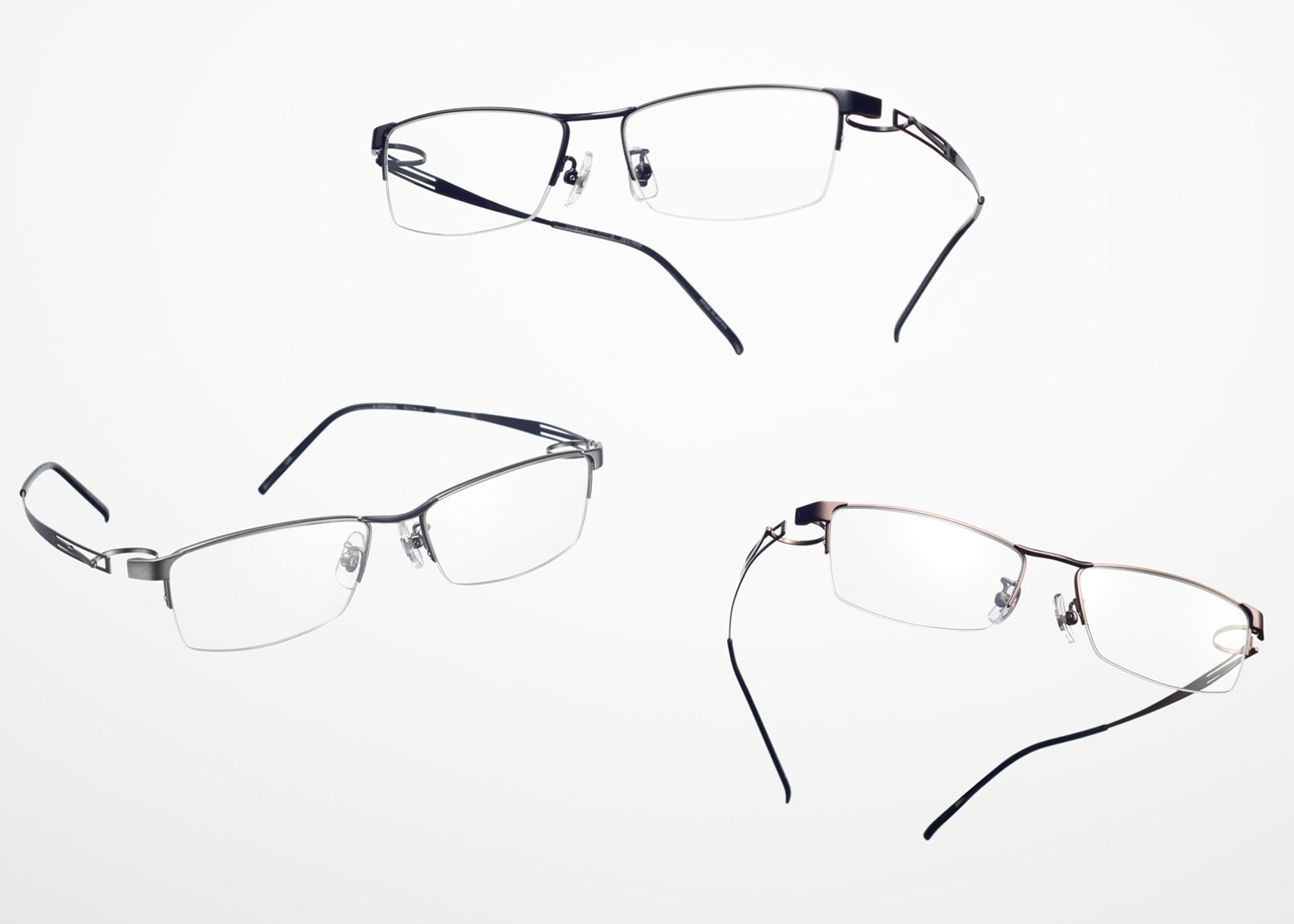Japanese design studio Nendo has partnered with eyewear brand Megane-Ichiba to redesign one of its classic pairs of glasses, adding reverse C-shaped hinges.
The Zerogra model – named after zero gravity – is a staple in the brand's 900 shops across Japan. The lightweight design is usually made from titanium, and has no hinges.
"We decided to come up with a new design that would evolve the Zerogra even further," said Nendo. "Due to the single-body construction of the previous model, the frame could not be folded inwards and the eyeglasses and case were too bulky."
To resolve this, the studio created a "reverse-hinge structure", which features C-shaped sections that close up to form circles when the glasses are fully opened.
Megane-Ichiba requires all of its frames to be durable enough to withstand 20,000 repetitions of being opened and closed. Nendo initially found its design created a stress point that was vulnerable to breaking, so had to develop a solution to this.
"We solved the problem by creating two slits around the reverse-hinge structure, which enable the load to be evenly distributed over the entire frame," said the studio.
"As a result we were able to achieve a design that would stay small and compact when not in use, and also enhance its wearability while maintaining a high level of strength," it added.
The studio designed a ring-shaped case to replace the Zerogra's bulky previous version. The shape of the container allows the glasses to curve round to rest in the circular frame.
Nendo also developed an oval stand for Megane-Ichiba's retail displays, intended to resemble a pebble or droplet of water. The stand features a central slit that holds the glasses just at the tips of the frame, making them appear as if "floating in the air".
It's not the first time the studio has turned its hand to eyewear design, previously launching a pair of glasses that featured magnetic hinges – allowing users to mix and match arms.
The studio also teamed up with Spanish shoe brand camper on a range of sunglasses with overlapping coloured lenses, and designed a collection of flexible reading glasses.
Photography is by Akihiro Yoshida

